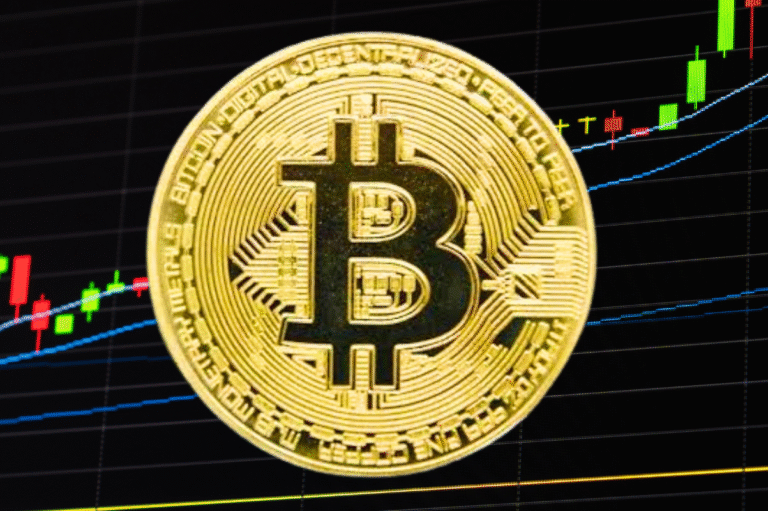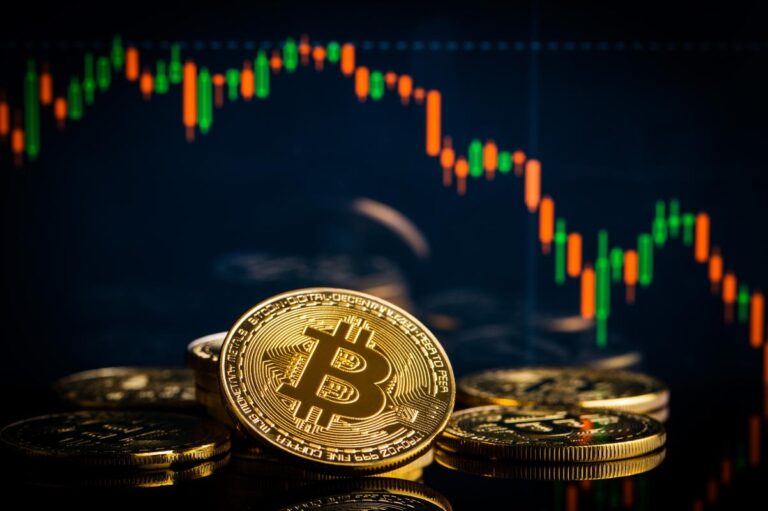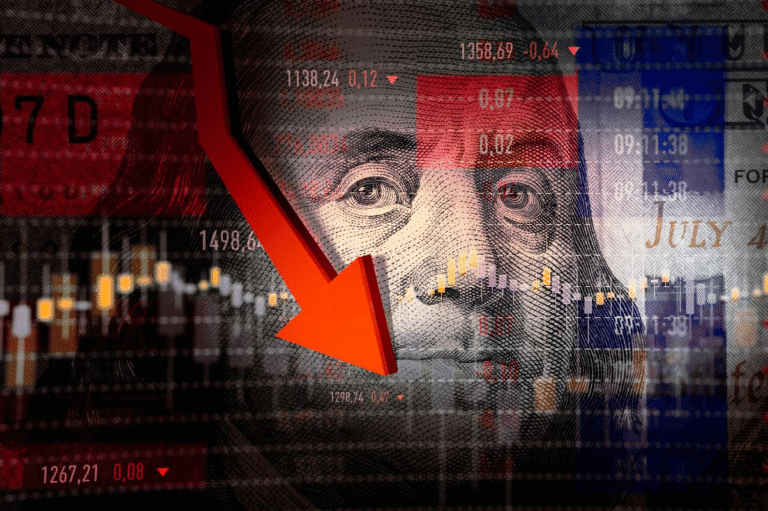The U.S. dollar weakens while Bitcoin surges as Investors Exit
As tensions in the Middle East escalate, global financial markets are witnessing a notable shift in investor sentiment. On June 26, 2025, the U.S. dollar experienced a significant decline, while Bitcoin surged above $106,000. This significant shift is primarily attributed to the rising geopolitical risk in the Gulf region, prompting investors to seek alternative assets and digital currencies. Market analysts are closely monitoring these developments.
Amidst renewed fears of a broader conflict, the U.S. dollar is experiencing a decline. This decline is primarily attributed to U.S. military strikes in Iran and ongoing Israeli operations in Gaza. Consequently, investors are increasingly seeking refuge in cryptocurrencies like Bitcoin as a hedge against political instability and inflationary pressures, as the Middle East risk becomes increasingly unattractive.
Middle East Conflict Fuels Risk-Off Sentiment
The volatility in global markets was primarily caused by the U.S. strike on Iranian nuclear facilities, which led to Iran’s retaliatory threats. As a result, oil prices surged to a 12-month high, and equity markets exhibited early indications of instability.
The U.S. dollar index (DXY) plummeted by 0.8% to reach a three-year low, as reported by Bloomberg. This decline occurred as traders abandoned traditional safe havens in response to the uncertainty surrounding Washington’s next moves. Additionally, Treasury yields experienced a decline, indicating a softening demand for U.S. government debt.
In contrast, Bitcoin’s price experienced a significant surge, reaching $106,500 by midday. Analysts at CoinDesk and CryptoQuant highlighted the substantial influx of institutional capital into the cryptocurrency markets. They cited “increased whale activity” and “mass stablecoin inflows” as key indicators of investor repositioning.
Tesla shares surged 9% Amid Oil Price Spike Triggered by Middle East Tensions
Bitcoin Emerges as a Hedge Against Geopolitical Instability
Bitcoin’s surge underscores its evolving role as a non-correlated asset during crises. Historically volatile, Bitcoin is increasingly perceived by investors as a safe-haven asset when traditional assets like fiat currencies and bonds are impacted by geopolitical shocks.
Michael Anderson, a market strategist at CryptoInsights, observed that whenever geopolitical instability occurs in oil-producing regions, particularly involving the United States or Iran, there’s a significant increase in Bitcoin demand. Investors perceive it as a safe haven against both inflation and political upheaval.
This trend echoes previous global events, such as the 2022 Russian invasion of Ukraine, where Bitcoin and gold experienced appreciation while confidence in fiat-backed assets declined.
Dollar Weakness Reflects Global Unease with U.S. Exposure
The weakening dollar also reflects broader concerns about the U.S. foreign policy exposure. Markets are already apprehensive about the Federal Reserve’s stance on interest rates, and the ongoing Middle East tensions have added another layer of unpredictability.
The Federal Reserve’s June meeting minutes, released simultaneously, indicated that rate hikes might be temporarily halted if inflation remains stable. However, the escalating defense spending and rising oil prices have complicated the inflation outlook, eroding investor confidence in the consistency of U.S. monetary policy.
Currency strategists at HSBC observed that the capital outflows from the dollar indicate a shift towards non-dollar denominated assets, such as cryptocurrencies, gold, and foreign equities.
Gold and Altcoins Also See Gains
Alongside Bitcoin, Ethereum experienced a notable 4.2% increase in value, trading above $6,200. This surge further emphasized the market’s inclination towards valuing safety and scarcity assets, as evidenced by the rise in gold prices to $2,420 per ounce. Stablecoins like USDT and USDC also witnessed a significant increase in circulation, reflecting traders’ preference for liquid, blockchain-based assets.
Alicia Wang, senior crypto economist at ChainStrategy Group, stated that the surge in alternative assets indicates a more profound structural shift away from traditional currency markets. This trend is not merely a reaction to panic but rather a sign of a changing macroeconomic landscape.
Will Bitcoin Maintain Its Momentum?
With tensions still high and no clear diplomatic resolution in sight, many analysts believe that Bitcoin could continue its upward trend if the dollar weakens further. However, they also caution that potential corrections could arise if geopolitical risks ease or central banks tighten monetary policy more aggressively than anticipated.
JP Morgan’s digital asset desk issued a note suggesting that if Bitcoin maintains its current price above $100,000 for another 10 trading sessions, it could potentially break through resistance and reach $115,000. However, technical indicators indicate rising momentum but also warn of potential overbought conditions in the short term.
Conclusion
The stark contrast between the declining U.S. dollar and the surging price of Bitcoin signifies a shift in the global financial landscape. Amidst escalating geopolitical risks, particularly in resource-rich yet volatile regions like the Middle East, investors are redefining the concept of a “safe haven.”
Bitcoin’s rise, fueled by digital mobility, decentralization, and the perceived independence from nation-state conflicts, has emerged as a significant financial refuge. Amidst the unfolding Middle East crisis, global markets will likely continue to grapple with the intricate balance between risk, regulation, and seeking refuge in the contemporary financial system.






